From Grindhouse to G-Rated: Can the New Skate Find Its Edge?
Popular Now
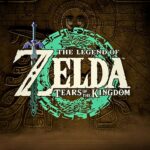 The Legend of Zelda
The Legend of Zelda
 Sonic the Hedgehog™ Classic
Sonic the Hedgehog™ Classic
 PUBG Mobile
PUBG Mobile
 Fortnite
Fortnite
 Geometry Dash
Geometry Dash
 Minecraft
Minecraft
 Gacha Club
Gacha Club
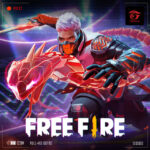 Free Fire
Free Fire
 Call of Duty
Call of Duty
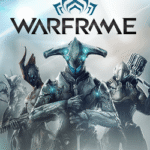 Warframe
Warframe 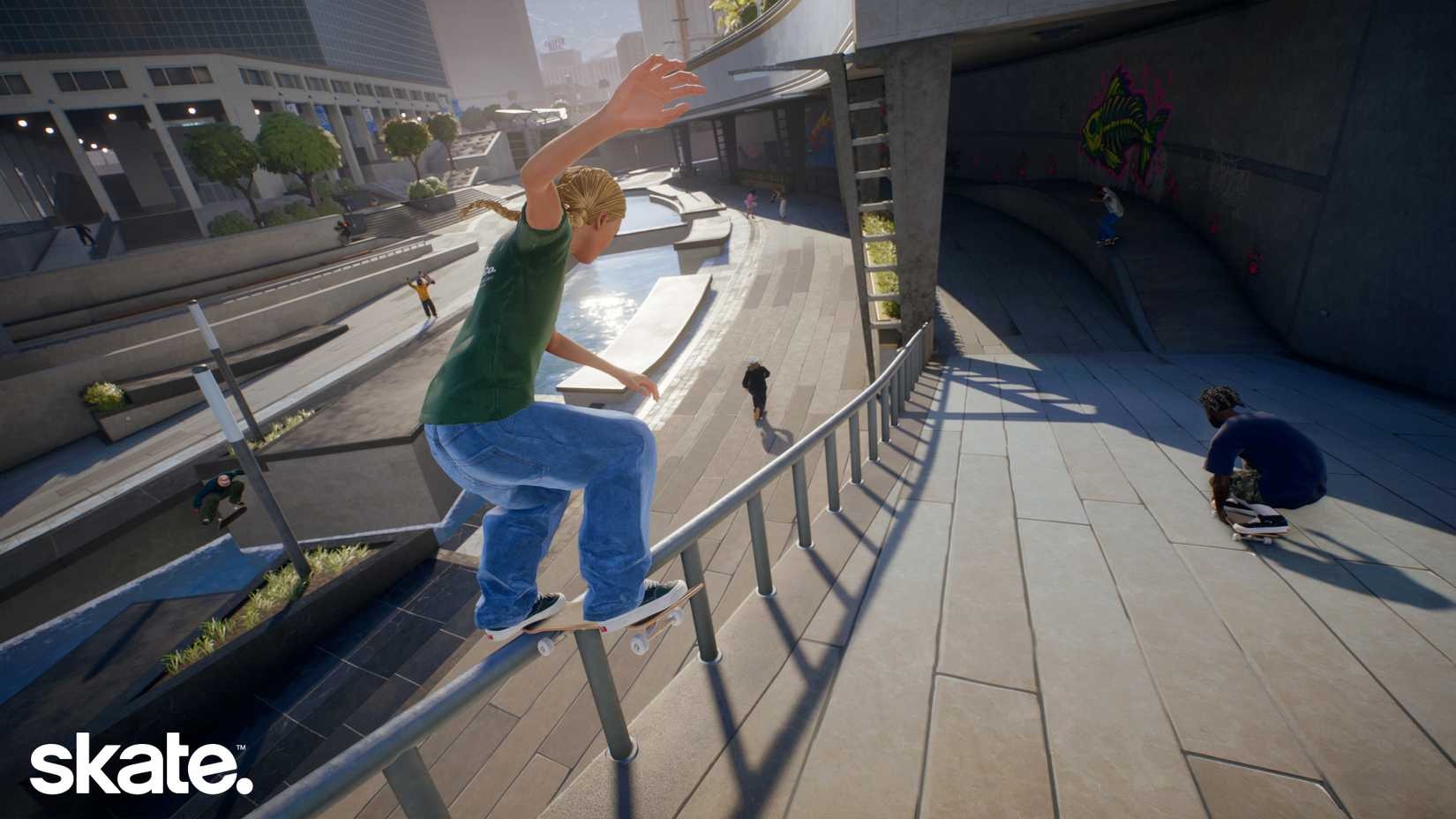 For over a decade, fans have been clamoring for the return of the Skate franchise. Its “Flick-It” control scheme, grounded physics, and gritty, street-level realism set it apart from the arcade-style antics of the Tony Hawk’s Pro Skater series. Now, with the launch of the new, free-to-play reboot, simply titled Skate, the game has proven it still has the tricks down. The core gameplay loop—the feel of the board, the weight of the ollies, the satisfaction of a clean grind—is as good as ever. However, as players pour into the new city of San Vansterdam, a growing sentiment has emerged: the game is missing the attitude, the raw, unapologetic personality that made the original trilogy a cultural touchstone.
For over a decade, fans have been clamoring for the return of the Skate franchise. Its “Flick-It” control scheme, grounded physics, and gritty, street-level realism set it apart from the arcade-style antics of the Tony Hawk’s Pro Skater series. Now, with the launch of the new, free-to-play reboot, simply titled Skate, the game has proven it still has the tricks down. The core gameplay loop—the feel of the board, the weight of the ollies, the satisfaction of a clean grind—is as good as ever. However, as players pour into the new city of San Vansterdam, a growing sentiment has emerged: the game is missing the attitude, the raw, unapologetic personality that made the original trilogy a cultural touchstone.
The original Skate games were steeped in the authentic vibe of skate culture. From the irreverent humor of the “Hall of Meat” to the inclusion of real-life pros and iconic, grimy skate spots, the games felt like a genuine love letter to the lifestyle. The soundtrack was a perfect blend of hip-hop and punk, and the aesthetic was that of a rebellious, underground community. The new Skate, with its bright, cheerful aesthetic and focus on a “massively multiplayer” sandbox, has a different energy. It feels more like a modern social hub than a dark alley where you can break a few bones.
 The Community vs. The Corporate Vision
The Community vs. The Corporate Vision
A recent Noclip documentary has highlighted this tension, revealing a fundamental disconnect between the original games’ spirit and the new title’s direction. The new game is all about collaboration, sharing, and building a community. While this is a noble goal, it comes at the expense of the series’ “anti-corporate” attitude. The game is free-to-play, which means it will be monetized through cosmetic microtransactions and a battle pass, a model that feels at odds with the counter-culture roots of skateboarding itself. The decision to make the game “always online” and a “living, breathing, massively multiplayer sandbox” further reinforces this shift away from the solo, expressive experience that many fans loved.
While the new game’s “Quick Drop” system, which allows players to create their own spots, is a fantastic feature, it’s also a double-edged sword. It provides immense creative freedom but can also lead to a sterile, user-generated landscape that lacks the organic, real-world feel of the original games. The original Skate trilogy’s genius was in its meticulously crafted environments, which felt like genuine cities you could explore and find a hidden spot in, as if you were truly part of a living skate scene. The new game, by contrast, feels more like a playground than a world.
Rebuilding the Attitude
The good news is that the core gameplay is phenomenal. The “Flick-It” controls have been refined and feel better than ever, and the new parkour system adds a welcome verticality to the world. But a great skating game isn’t just about the tricks; it’s about the attitude. The new Skate needs to find its soul. It needs more than a free-to-play model and a battle pass; it needs a sense of humor, a bit of grit, and a soundtrack that feels authentic to the culture it represents. The developers, Full Circle, have stated that they are listening to community feedback. With the game in early access, they have a unique opportunity to build on their technical foundation and inject the personality that made the original series a legend.
The new Skate is a perfect example of a game that has the moves down, but needs to find its rhythm. By embracing the rebellious, creative, and sometimes dangerous spirit of skateboarding, it can evolve from a fun sandbox into a true spiritual successor. The framework is there; now it’s time for the developers to give it some attitude.


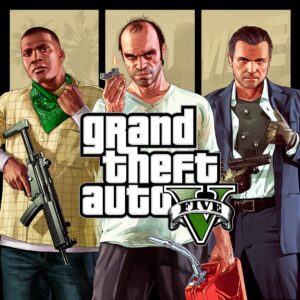





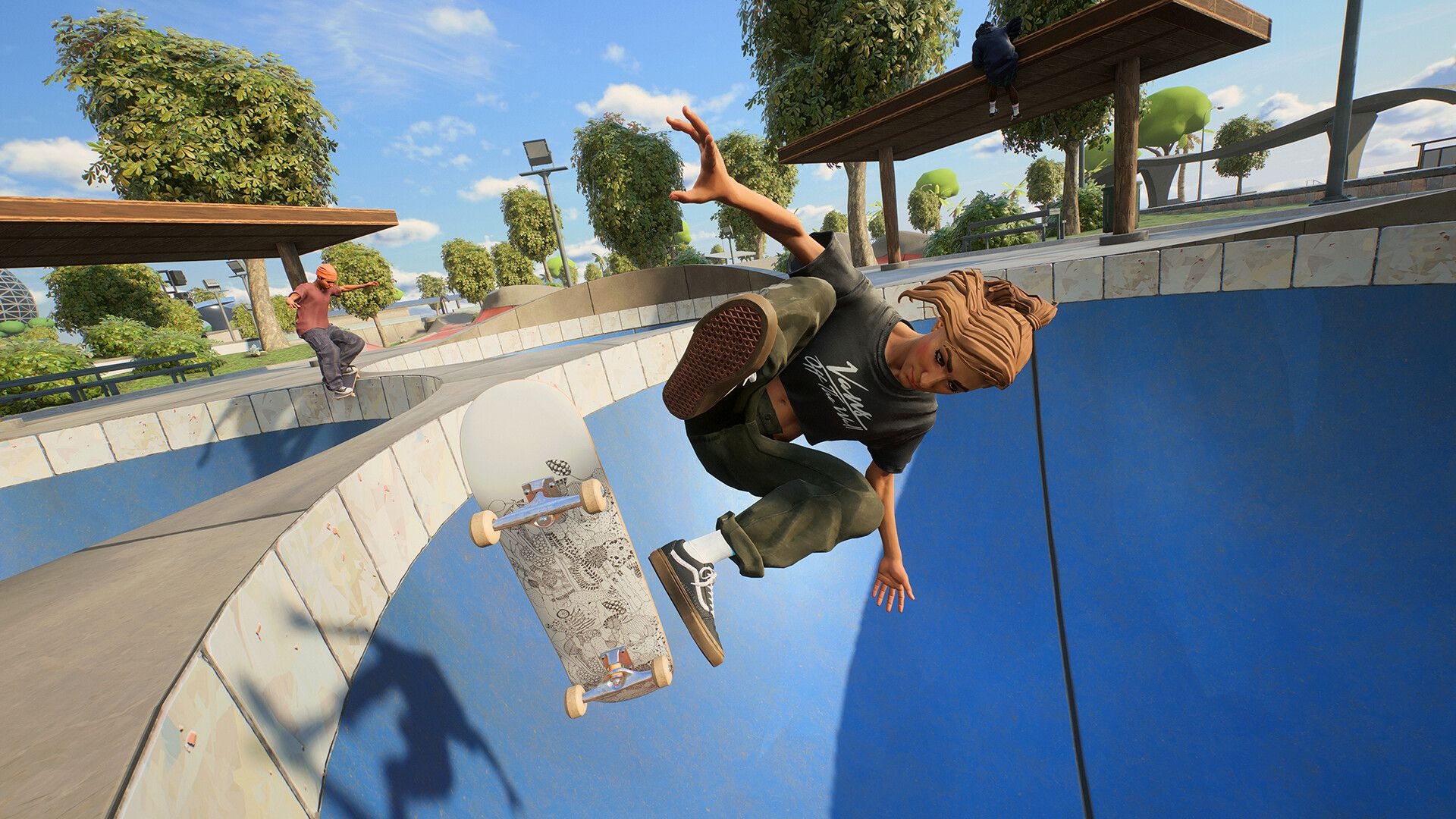 The Community vs. The Corporate Vision
The Community vs. The Corporate Vision